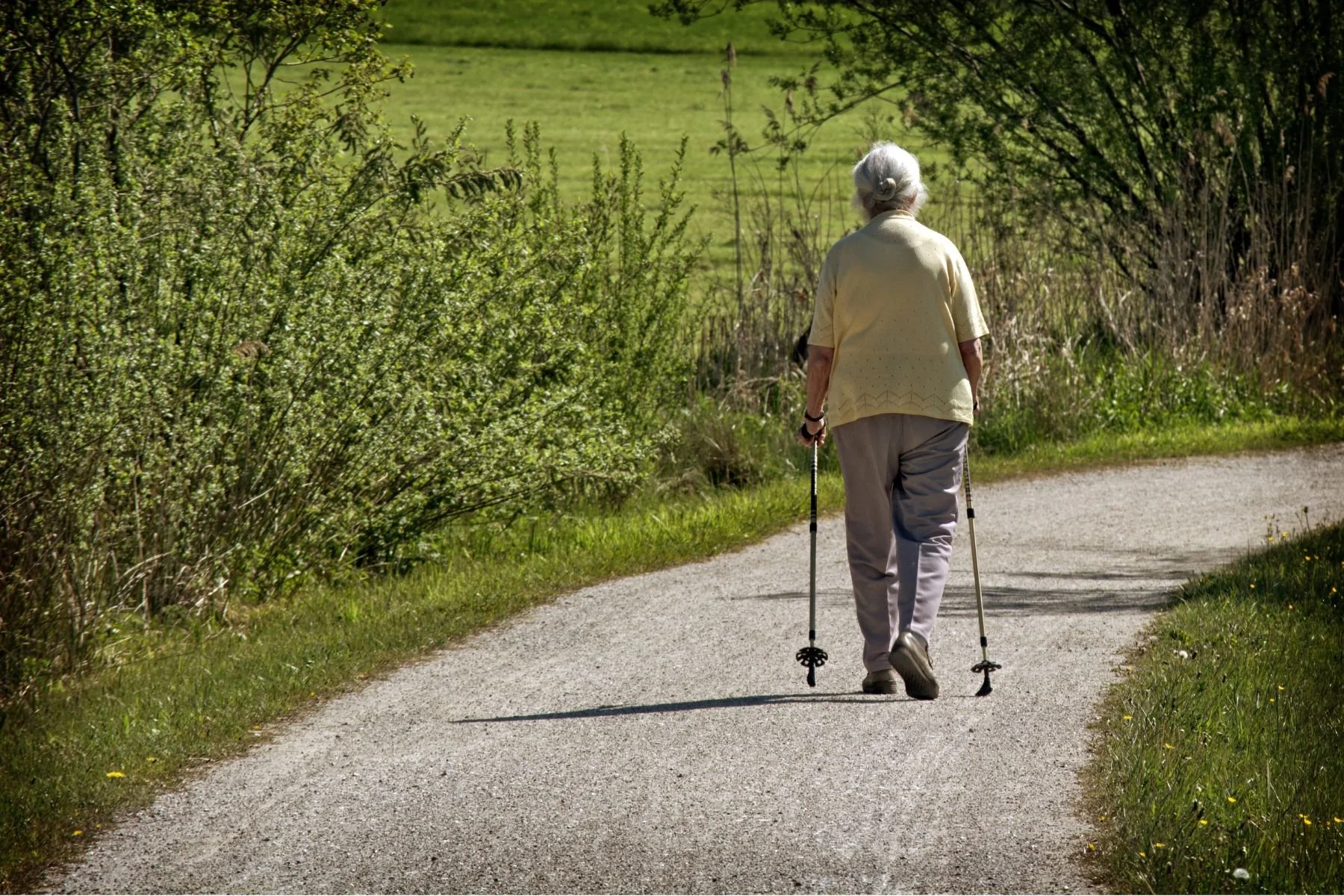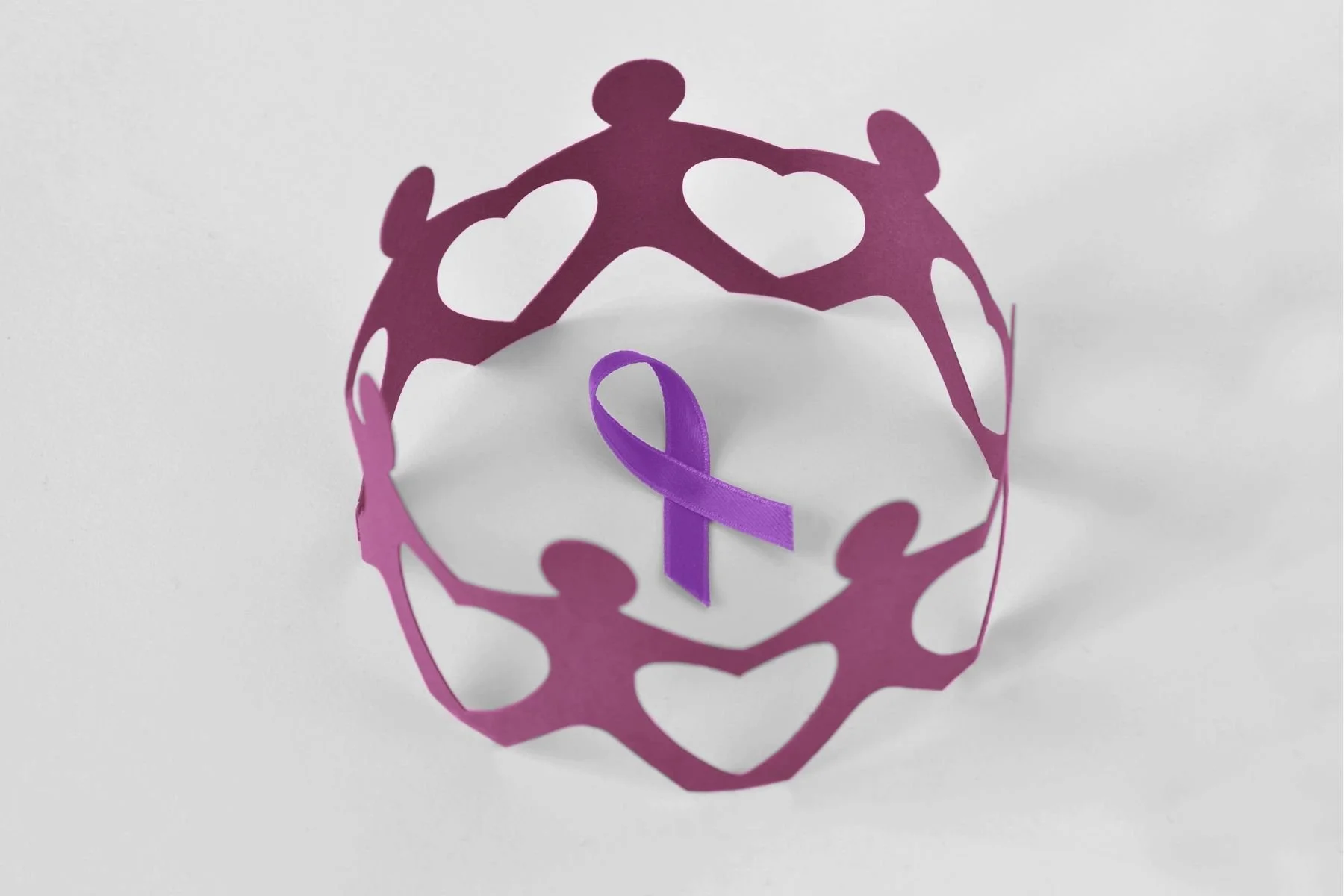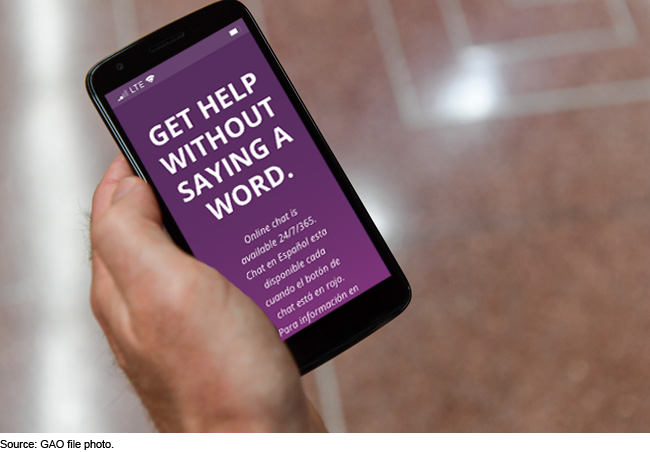Role of State Government in Serving Veterans with TBI
“Traumatic Brain Injury (TBI) has been named the signature wound of the War in Iraq and Afghanistan with an estimated 360,000 men and women returning from the conflicts in Iraq and Afghanistan with TBI.”
Virginia Fact Sheet on Aging and the Behavioral Problems of Brain Injury
“Within the global aging phenomenon there is a dramatic expansion of persons aging with disabilities, many of whom will live well past the age of 65.”
NIH TBI in Older Adults: Do We Need A Different Approach?
“Falls, largely from standing height, are the leading mechanism of TBI in older adults, with more women affected, whereas motor vehicle accidents are the leading mechanism of TBI in younger adults, with more men affected.”
Massachusetts TBI in Elders Web Course
This FREE, six-module, self-paced web course curricula was designed to help Massachusetts build a trained TBI work force statewide. The content is geared for all levels of community--based providers.
CDC STEADI Program
“Falls are not an inevitable part of aging. There are specific things that you, as their healthcare provider, can do to reduce their chances of falling.”
Virginia Fact Sheet on TBI and Domestic Violence
“Current data on the intersection between domestic violence and traumatic brain injury (TBI) is limited in part because little research has been done on this population and because many instances of abuse go unreported by victims.”
Ohio Fact Sheet: Domestic Violence Hurts the Brain
This project of the Ohio Domestic Violence Network provides statewide, national and international leadership to raise awareness on the emerging area of brain injury caused by domestic violence.
Nebraska Brain Injury in Domestic Violence
Brain Injury Alliance of Nebraska partnered with the University of Nebraska - Lincoln, the University of Nebraska Medical Center, and organizations in the Lincoln and Omaha areas providing services to domestic violence survivors, to look into how common brain injuries are in Nebraska domestic violence survivors. Brain Injury Alliance of Nebraska and its partners' study found that 58% of individuals screened in two Nebraska domestic violence programs screened positive for brain injury.
GAO Report on Domestic Violence: Improved Data Needed to Identify the Prevalence of Brain Injuries among Victims
“Brain injuries may be common in domestic violence victims, and such injuries may be under-diagnosed and under-treated. There is little federal data on the prevalence of this public health problem, so it’s uncertain whether federal resources are addressing it efficiently. We recommended that the Department of Health and Human Services improve data collection.”
Futures Without Violence
For more than 30 years, FUTURES has been providing groundbreaking programs, policies, and campaigns that empower individuals and organizations working to end violence against women and children around the world.
National Collaborative on Children's Brain Injury
The National Collaborative on Children’s Brain Injury (NCCBI) is a national cooperative working to improve services and supports for children with brain injury. NCCBI's current focus is on improving educational services for students with TBI.
Get Schooled on Concussions: Tip Sheets
“When we started working with educators on various Tip Sheet topic ideas, teachers were clear that anything over one page long was too much for busy teachers to read. We made a commitment to our readers that each topic would be condensed to one page of critical information.”
Characteristics of Diagnosed Concussions in Children Aged 0 to 4 Years Presenting to a Large Pediatric Healthcare Network
Objective: The aim of the study was to comprehensively describe the natural history of concussion in early childhood between 0 and 4 years.
Center for Brain Injury Research and Training: In the Classroom After Concussion
The TBI Team is funded through a grant from the Oregon Department of Education. The Team provides statewide consultative and resource services for traumatic brain injury. These services are available to assist the Regional Programs in meeting the needs of students with traumatic brain injury.
CDC Report to Congress: The Management of TBI in Children
SUBMITTED BY Centers for Disease Control and Prevention, Division of Unintentional Injury Prevention National Center for Injury Prevention and Control.
CDC HEADS UP
Keeping children and teens healthy and safe is always a top priority. Whether you are a parent, youth sports coach, school coach, school professional, or health care provider, this site will help you recognize, respond to, and minimize the risk of concussion or other serious brain injury.
SAFE Child Screening Tool Birth to 3 Years Old
Young children are at high risk for sustaining brain injuries. Data gathered using the SAFE Child Screening Tool will provide information to help professionals develop and implement appropriate services.
SAFE Child Screening Tool 3 Years Old to Kindergarten
Young children are at high risk for sustaining brain injuries. Data gathered using the SAFE Child Screening Tool will provide information to help professionals develop and implement appropriate services.
OSU TBI Screening Tool
The Ohio State University Traumatic Brain Injury (TBI) Identification Method (OSU TBI-ID) is a standardized procedure for eliciting lifetime history of TBI via a structured interview.




















